|
Whenever I read a new manuscript, there’s one thing that usually seals the deal - inner conflict. It seems so obvious, but it isn’t. Piles of manuscripts have NO inner conflict whatsoever. Guess what happens to those manuscripts? Form rejections. Sounds harsh? It is. But, what if you could learn how to apply inner conflict?
Don’t worry - inner conflict can be difficult to figure out, particularly for newbie writers and even not-so-newbie writers. It doesn't have to be difficult though. Together with Savvy Authors, I’m running a workshop that will teach you everything you need to know about inner conflict. Change your writing forever, and sign up here.
0 Comments
Sometimes, the most daunting words are ‘Chapter’ and ‘One’. And, then? What happens next? You’ve done your plotting and planning, and naff all comes to mind. Not a single word - nada, zip.
Or you’ve plotted so much that you feel that your voice is getting lost in the writing. When the going gets tough, it’s time for the tough to get going*:
Other things to try:
*Do not censor what you write, just get in there and GO. You can always fix up and edit later. What we want here is actual words on the screen/notebook/chalkboard.  In this, the second of the Editing 101 series, we’ll be looking at ‘filler’ words. These are words that creep into your ms and add no value whatsoever. Some of these filler words also kill your action as you slide into ‘telling’ instead of ‘showing’ and yank you out of deep pov (point-of-view). How to edit your manuscript of these slow poisons? Use your Edit/Replace function and scour through your ms. Be liberal with the ‘delete’ key. And no, the editor at the publisher will not do this for you...they will expect you to have done this beforehand (it’s what they mean by a ‘polished' ms). Next up in the Editing 101 series - How to do your own developmental edit. Sometimes, to get to the finish line, you need a writing coach. Someone who will hold you accountable, tighten your form, narrow your focus, and get you over the finish line. Do you need coaching? Answer these questions below:
If you answered ‘yes’ to three or more, you’d benefit from Coach-in-a-Box.
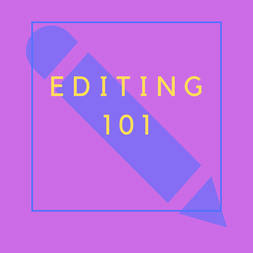 Welcome to this the third part of Editing 101 (previous lessons here and here). The developmental edit is super important. This type of edit looks at your story, chapter by chapter, and gives feedback on what’s working and what’s not. All manuscripts can benefit from a developmental edit (just saying). But if you can’t afford to get one done, there are things you can do yourself. Step 1: Write up your goal, motivation and conflict for each character. Go through each chapter in your ms. With the protagonist in mind, answer the following questions: Has their goal been thwarted? Is the conflict increasing? Are their motivations clear? Repeat process for your love interest. This is the biggest thing you can do. Will it take time? Of course, yes. But this is where stories sag and buckle. It’s worth making sure that your story has addressed these issues in each and every chapter, otherwise a form rejection will be coming your way (sorry about that, it always sucks, but knowing why helps). Step 2: Have a look at your scenes. Does each scene have a purpose i.e. does it move the plot along in some way? If not, delete. Is it too long? Cut it down. Is it too short? Increase. This will help to improve your pacing. Step 3: Have a look at your dialogue. Does each character sound the same? Have you used the same phrasing for each? Rework, revise. Step 4: Have a look at your characters. Do they develop over the course of the story? If not, go back and have them make different choices that are in line with believable growth. Step 5: Check that your tone matches the story. A serious novel will not be enriched with over-the-top characters who would be better suited to a comedic novel. Check with a critical eye that you don’t have a Disney character in an Austen novel. Suddenly, copy editing seems so much easier. Hang in there! You got this! 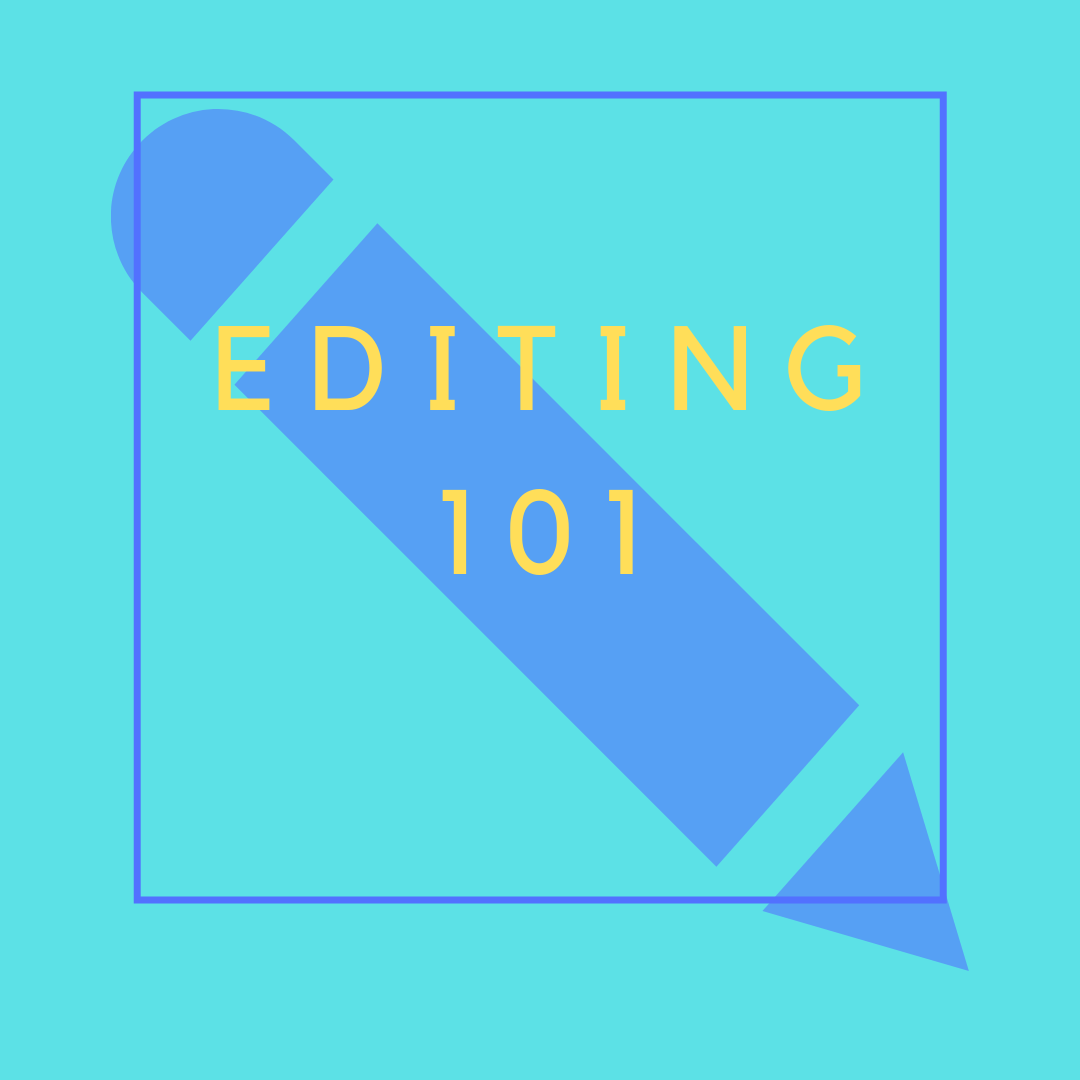 Welcome to the first post in EDITING 101, a series of blog posts dedicated to the editing process. So much focus is on the writing, it’s easy to forget the editing. And yet, most of writing is rewriting, which means...editing. First up, there are those writers who aren’t keen on editing. They see it as a chore. Shouldn’t a writer just know how to write and badda-bing-badda-boom, perfect prose emerges? Not a single typo, repetitive phrase, clunky plot, or awkward phrase. Perfect. Guess what? There is no such person. That’s not how writing works. Ever. The writer is NEVER the only person in the writing process. There are developmental editors, proofers, copy editors, even acquisition editors who have a say in the final product. It’s always a team process. But, that’s when you get the contract. Before you get the contract, you have to work through your first draft yourself. Some people engage their beta reader team, others hire an editor. Either way, it helps to have a second and/or third opinion from someone other than your nearest and dearest (they don’t know any better and will tell you they love it). Here’s the deal: Once you have that contract, your novel will head out on the first round of edits. Here’s where you’ll wonder how you got a contract in the first place. Your editor is generally not a cuddly bunny hippity hopping you through the changes. They need the book to be as close to perfect as possible (notice I said, close to), and they will let you know how far away from 'close to' your ms is. But, they’re not done with you, yet. The ms then goes through a second round of edits. There will be even more things you need to fix up. Here’s where you’ll discover that you’re a huge fan of certain stock phrases or that your hero and heroine use the same swear words. Now, it’s ready for publication. Nope, no it isn’t. It now heads out to the proofer. Once again, the proofed copy will be back in your inbox for checking. And, interestingly, there are some words/phrases out there that despite all of this editing, still make it through unnoticed - these often get picked up by your ARC (advanced reader copy) readers. Or people who hated your book and have listed your infringements on Goodreads. Next in the EDITING 101 series: Words you can delete from your first draft to tighten your prose, immediately  External conflict is pretty easy to figure out. Obstacles to the goal, amiright? But, inner conflict? Now, that’s a whole different ballgame. And making your inner conflict somehow relate to your external conflict? Fuhgeddaboutit. I’m running a one-week workshop with Savvy Authors, 15 July, to teach you everything you wanted to know about inner conflict. You can sign up here. In this interactive workshop, you’ll find out:
Without inner conflict, you won’t have much of a compelling romance read. Most of the submissions I read have great external conflict but they don't plough the depths of why the characters respond the way they do - that’s inner conflict. And that’s what links into character arcs, and character development, and satisfying HEAs. The result is the dreaded rejection. But you don’t have to be in the dark about inner conflict any longer. This workshop will ensure that you have a clear idea of what inner conflict is and how to use it. What are you waiting for? Sign up today.  I hate writing up a synopsis. Absolutely hate it. But, when I’m reviewing a manuscript, it’s the first thing I look for. Why? If constructed well, it will sell your writing, or more importantly the book. The reader (agent, publisher) will know from reading this baby that you understand the basics – setting the scene, conflict and character development. With a synopsis, you can’t hide. I get it though, they’re difficult to write. How much info to add? What to add? Is it just a series of plot points? Yes and no. Things to remember when writing a synopsis:
Can you use a quote from the text? Yes, of course. Keep it brief, though. How many pages? Again, keep it brief, one to two pages? Hint: these are often easier to write AFTER you’ve finished the novel. What are your feelings about writing a synopsis? It seems so easy doesn’t it? Toss obstacles to your protagonist and make them escalate in severity. Ta-da! No, no, no. What brings the reader into your story is inner conflict.
Don’t worry if you don’t know how to add inner conflict, lots of newbie writers, and not-so-newbie writers battle with this. The good news is that I’m teaming up with Savvy Authors to teach you the hows, whys and whats of inner conflict. Sign up here to change your writing forever!  Around ten years ago (maybe less), self-publishing took off in a huge way. Writers like Amanda Hocking became millionaires overnight as the market hoovered up the free books that flooded the market. With the advent of the Kindle, publishing changed. You could download work immediately, and with Amazon KDP anyone could publish their work. Did it matter if the work was well-edited or well-written? No, not really. Actually, hang on, yes. Chuck Wendig christened the self-pub market as a ‘shit volcano’. Crappy, badly formatted books with half-formed charactersand underdone plots piled up. Where did this leave self-publishing? Fast forward a few years...Today’s self-publishers, or indie publishers as they’re now known, are bona fide writers with talent and drive to boot. The behind-the-scenes work that traditional publishers offer - editor, cover designer, marketer - are hired by Indies to ensure a great product out to market. We even have writers CHOOSING the self-pub route. The lines have blurred plenty in those intervening years, and with it is the rise of the writerpreneur. (If you want to know more about the indie/traditional publishing routes, sign up for #ROSACon2019 where I’ll take you through the ins and outs). But, to return to my original question... does a self-published book qualify as published? Yes. Yes, of course it does. Self-publishing is a viable, and usually far more lucrative route than traditional publishing. But either way, you have made your book/s available for sale. You have sold them on a public marketplace. You have offered them to book bloggers and review sites for review. You have put together an author website to increase your visibility and sell more books. There are authors I know who have never been anything other than an indie author - they are well-known, well-loved and well-read. They are published, regardless of with whom they have entered the contract. To suggest that a book that was self-published is not a published book points towards something else. A belief in ’standards’ or ‘gatekeeping’ to ensure quality control, perhaps? If your book isn’t ready, don’t put it up for sale. Do the work. There’s no harm in taking your time, but there is in rushing. Something to ponder: In romance, Indies are leading the pack, dominating the market. |
A little something to get you started on your writing journey:
Do you want to write a romance novel?Everyone wants a HAPPILY EVER AFTER (HEA). Categories
All
|
|

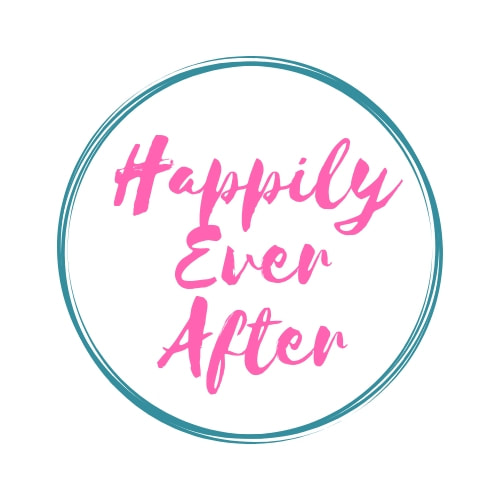
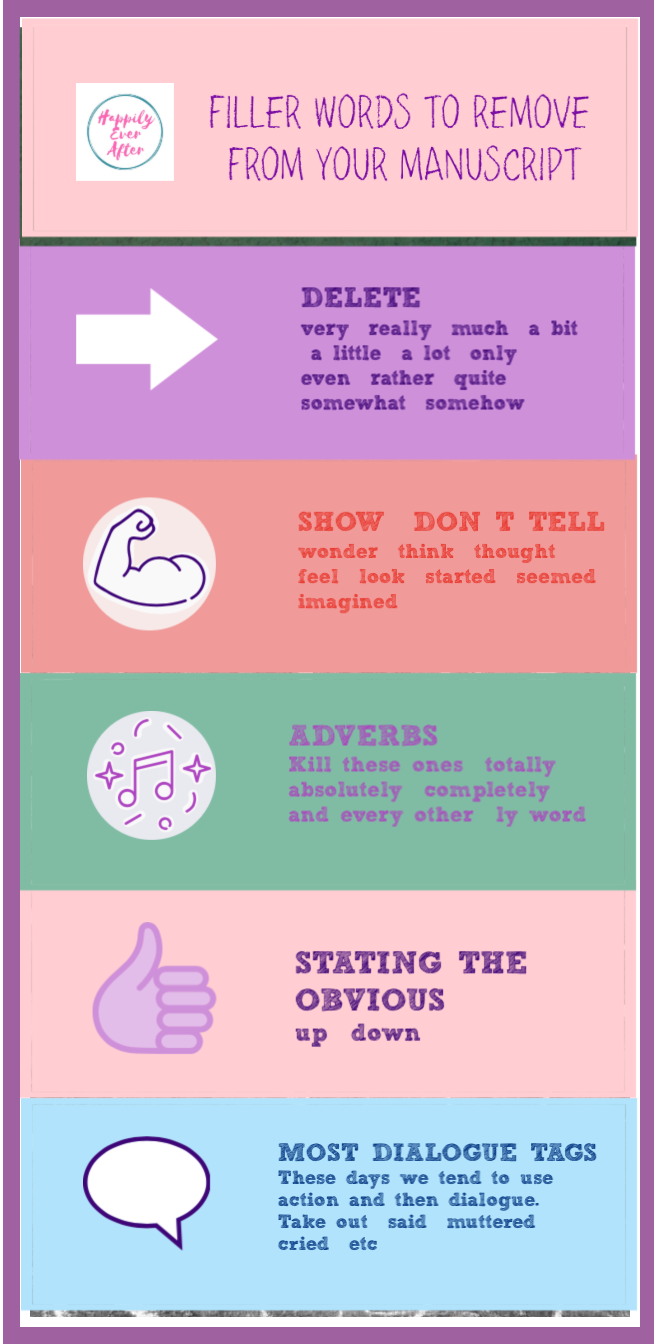

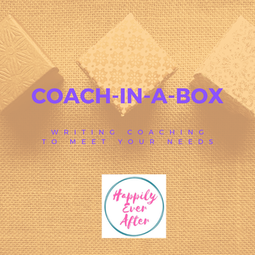
 RSS Feed
RSS Feed